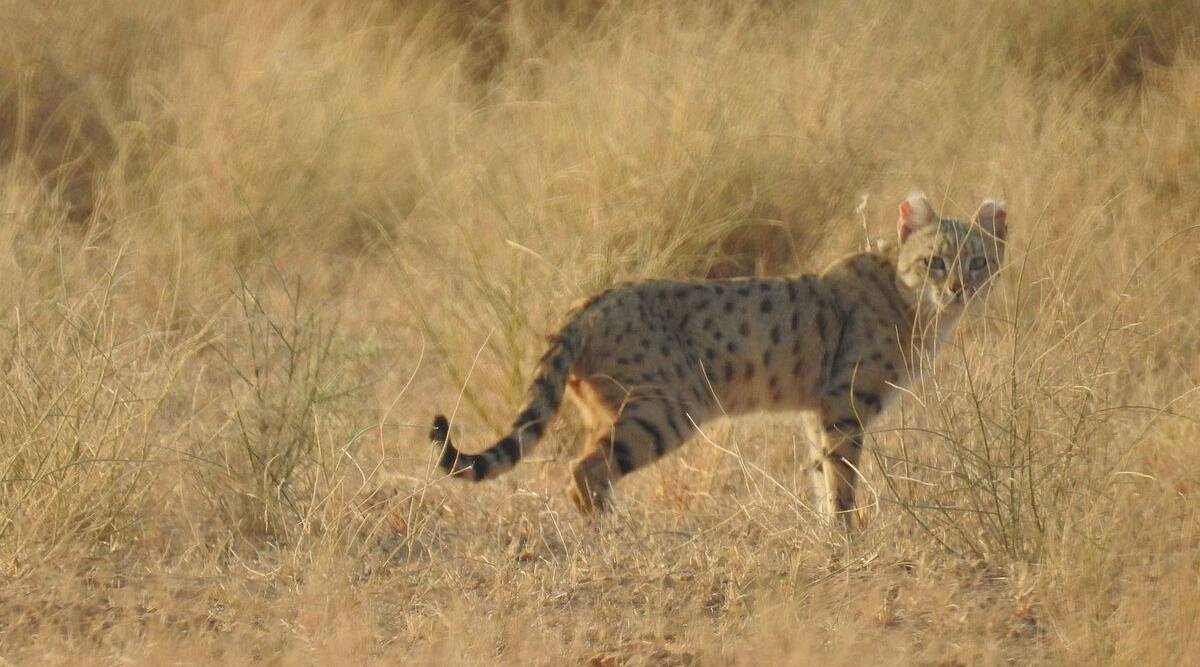ForumIAS announcing GS Foundation Program for UPSC CSE 2025-26 from 19 April. Click Here for more information.
ForumIAS Answer Writing Focus Group (AWFG) for Mains 2024 commencing from 24th June 2024. The Entrance Test for the program will be held on 28th April 2024 at 9 AM. To know more about the program visit: https://forumias.com/blog/awfg2024
What is the News?
An Indian desert cat has been spotted for the first time in Madhya Pradesh’s Panna Tiger Reserve (PTR).
The presence of the desert cat in the PTR indicates that the number of species of various wild animals is increasing in the reserve due to security being heightened in its forest areas.
About Indian Desert Cat

Indian Desert Cat is also known as the Asian steppe wildcat and Asiatic Wildcat.
Conservation status:
IUCN Red List: Least Concern
CITES: Appendix-II
Wildlife protection Act: Schedule-I.
Habitat: The cat is considered as a subspecies of African Wildcat. It is mostly found in Kazakhstan, western India, China and Mongolia.
In India, the Asiatic wildcat inhabits the Thar Desert and is associated with the scrub desert. The cat has also been recorded in Nauradehi Wildlife Sanctuary in Madhya Pradesh and Mirzapur forests.
Characteristics: The species has sandy-brown fur and small, round spots covering the upper part of its body. The cat has a long, slender and tapering tail with a black tip and spots at its base.
The Indian Desert Cat is said to rest in the daytime and hunt in the night, when it roams nearly five to six kilometres in search of prey. Its prey includes smaller animals and birds.
The cat is found in deserts and can survive without water. The toes of the species have cushion-like hair which helps them to balance the fluctuating desert temperatures.
The desert cat has big ears that are very sensitive, and it can pick up the slightest sound, even a kilometre away.
Not much is known about the animal as there is not enough in-depth study done on it.
Threats: a) It possesses beautiful soft fur, hence, most sought after in the international fur trade, b) Hybridisation with domestic cats can lead to the loss of genetic information and is thought to be one of the main threats, c) Poaching related to conflict with humans, d) Habitat destruction and reduced habitat quality remain important issues.




